HotSpots H2O, October 15: Special Report on Yemen’s Water Crisis
The Rundown
Since March 2015, a deadly civil war between Houthi rebels and a Saudi-led military coalition has ravaged Yemen. Throughout the conflict, water and electrical infrastructure have been targeted repeatedly, leaving millions of Yemenis without clean water.
In October 2016, cholera was detected in the capital city of Sana’a. The outbreak slowed after six months, but surged anew in late April 2017, ten days after the capital’s sewer system failed. The waterborne disease spread quickly due to the country’s devastated water, sanitation, and healthcare infrastructure, soon becoming the largest cholera outbreak on record. By the end of 2017, the total number of cholera cases bypassed 1 million.
In early November 2017, the Saudi-led coalition also placed a crippling import blockade on Yemen, exacerbating chronic resource shortages. For several weeks the blockade halted food and fuel from entering the country. At the height of the blockade, fuel for pumping water ran out in nine cities, leaving 2.5 million additional Yemenis without access to clean water.
The blockade has since been eased to allow the passage of humanitarian aid. Many parts of the country remain inaccessible to aid workers, however, and the country’s infrastructure and economy continue to deteriorate. After a relative respite during the first 8 months of 2018, Yemen is again grappling with a resurgence of new cholera cases each week. In addition, the World Food Programme (WFP) recently warned that Yemen is on the brink of a catastrophic famine.
“Yemen is a disaster and I don’t see any light at the end of the tunnel right now,” said David Beasley, WFP’s Executive Director, at a UN General Assembly briefing in September 2018. “Yemen is undeniably the world’s worst humanitarian crisis by far.”
By The Numbers
20.7 million Yemenis in need of humanitarian assistance, including an estimated 11.3 million children. UNICEF
15.7 million Yemenis in need of WASH assistance, as of November 2017. UNICEF
14.8 million Yemenis in need of basic health care, as of November 2017. UNICEF
1,016,369 Cholera cases reported in Yemen between April 27, 2017 and December 31, 2017. WHO
2,226 Estimated number of people killed by Yemen’s cholera outbreak in 2017. BBC
2.5 million Yemenis left without access to clean water in November 2017 after nine cities ran out of the fuel needed for pumping. Several health facilities were forced to close due to the water shortages. Circle of Blue
7 million People who were at imminent risk of starvation due to the November 2017 import blockade. Circle of Blue
90 percent Proportion of Yemen’s food supply that was imported prior to the civil war. Circle of Blue
100+ Times that Saudi aircraft bombed water and electrical infrastructure since Yemen’s civil war began in 2015, according to the Yemen Data Project. Damage to water and sanitation infrastructure played a large role in the spread of cholera. The Atlantic
8,670 Estimated death toll from the Yemeni civil war, as of December 2017. BBC
Resources and Further Reading
Conflict Pushes Yemen to Brink of Famine
Clean Water Runs Out and Yemen Hovers on Edge of Another Epidemic
HotSpots H2O, February 26: Spotlight on Yemen’s Ongoing Import Blockade
Kayla Ritter is a recent graduate of Michigan State University, where she studied International Relations and Teaching English to Speakers of Other Languages. She is currently based in Manton, Michigan. Kayla enjoys running, writing, and traveling. Contact Kayla Ritter

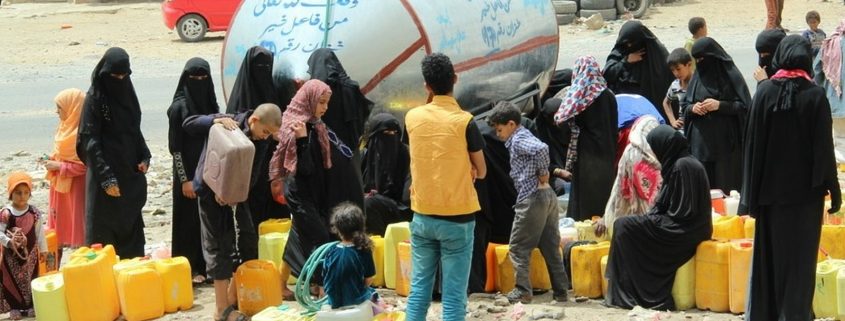

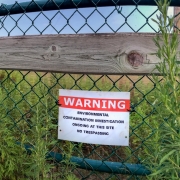
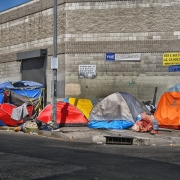

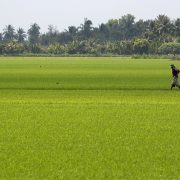
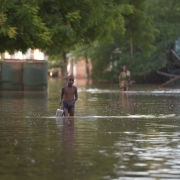
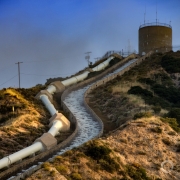




I think it’s important to state that this is a US- backed Saudi coalition, dropping US-made bombs on civilians and their infrastructure. The US is refueling the planes and providing other support as well.